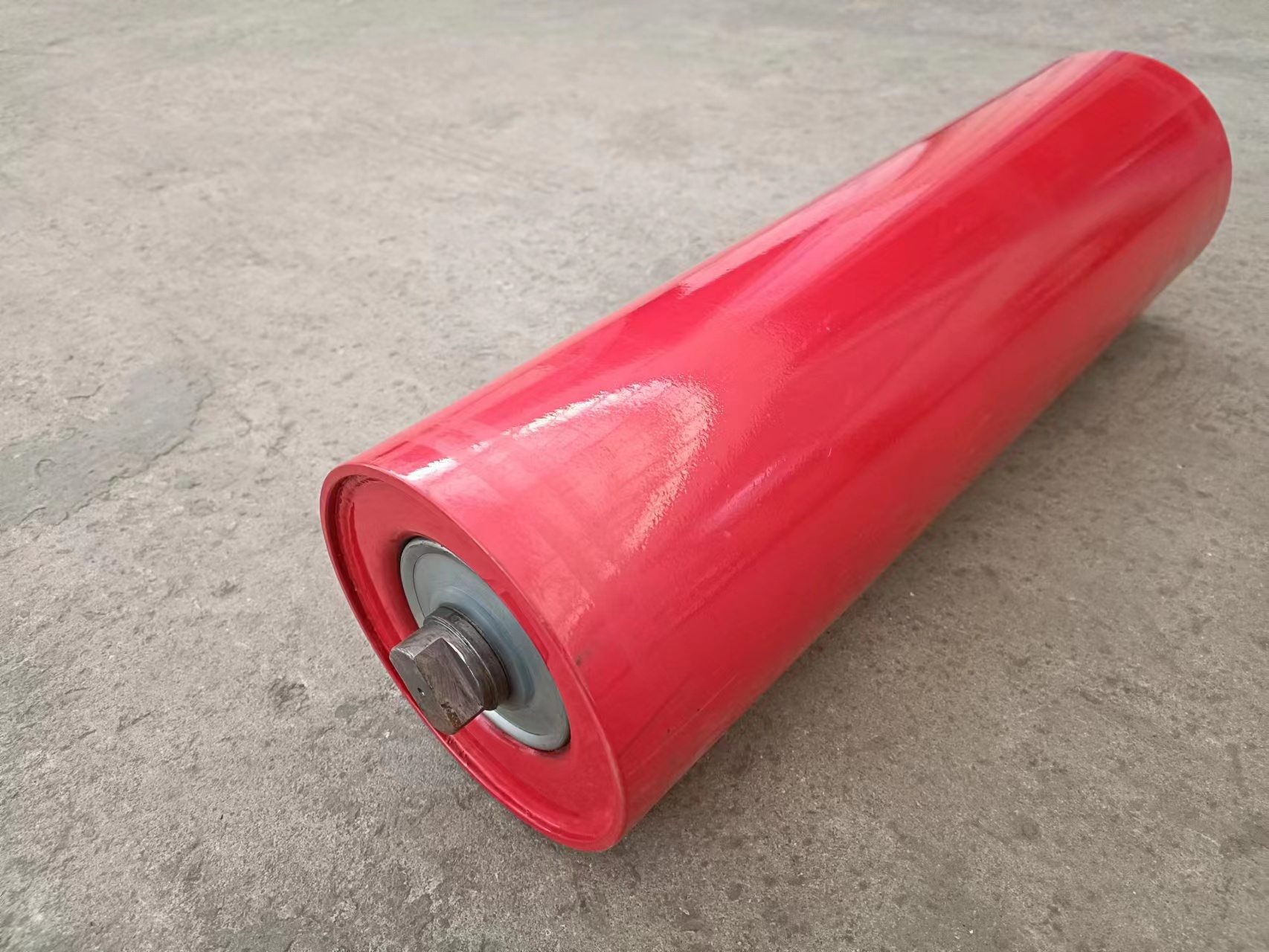 Afrikaans
Afrikaans  Albanian
Albanian  Amharic
Amharic  Arabic
Arabic  Armenian
Armenian  Azerbaijani
Azerbaijani  Basque
Basque  Belarusian
Belarusian  Bengali
Bengali  Bosnian
Bosnian  Bulgarian
Bulgarian  Catalan
Catalan  Cebuano
Cebuano  Corsican
Corsican  Croatian
Croatian  Czech
Czech  Danish
Danish  Dutch
Dutch  English
English  Esperanto
Esperanto  Estonian
Estonian  Finnish
Finnish  French
French  Frisian
Frisian  Galician
Galician  Georgian
Georgian  German
German  Greek
Greek  Gujarati
Gujarati  Haitian Creole
Haitian Creole  hausa
hausa  hawaiian
hawaiian  Hebrew
Hebrew  Hindi
Hindi  Miao
Miao  Hungarian
Hungarian  Icelandic
Icelandic  igbo
igbo  Indonesian
Indonesian  irish
irish  Italian
Italian  Japanese
Japanese  Javanese
Javanese  Kannada
Kannada  kazakh
kazakh  Khmer
Khmer  Rwandese
Rwandese  Korean
Korean  Kurdish
Kurdish  Kyrgyz
Kyrgyz  Lao
Lao  Latin
Latin  Latvian
Latvian  Lithuanian
Lithuanian  Luxembourgish
Luxembourgish  Macedonian
Macedonian  Malgashi
Malgashi  Malay
Malay  Malayalam
Malayalam  Maltese
Maltese  Maori
Maori  Marathi
Marathi  Mongolian
Mongolian  Myanmar
Myanmar  Nepali
Nepali  Norwegian
Norwegian  Norwegian
Norwegian  Occitan
Occitan  Pashto
Pashto  Persian
Persian  Polish
Polish  Portuguese
Portuguese  Punjabi
Punjabi  Romanian
Romanian  Russian
Russian  Samoan
Samoan  Scottish Gaelic
Scottish Gaelic  Serbian
Serbian  Sesotho
Sesotho  Shona
Shona  Sindhi
Sindhi  Sinhala
Sinhala  Slovak
Slovak  Slovenian
Slovenian  Somali
Somali  Spanish
Spanish  Sundanese
Sundanese  Swahili
Swahili  Swedish
Swedish  Tagalog
Tagalog  Tajik
Tajik  Tamil
Tamil  Tatar
Tatar  Telugu
Telugu  Thai
Thai  Turkish
Turkish  Turkmen
Turkmen  Ukrainian
Ukrainian  Urdu
Urdu  Uighur
Uighur  Uzbek
Uzbek  Vietnamese
Vietnamese  Welsh
Welsh  Bantu
Bantu  Yiddish
Yiddish  Yoruba
Yoruba  Zulu
Zulu Exploring the Benefits and Applications of Vertical Guide Rollers in Industry
Vertical Guide Rollers An Essential Component in Modern Engineering
In modern engineering and manufacturing industries, the need for precision and efficiency is paramount. Among the myriad components designed to enhance operational performance, vertical guide rollers stand out as crucial elements that ensure smooth and reliable movement in various applications. This article delves into the significance of vertical guide rollers, their design, applications, and the benefits they bring to industrial processes.
What are Vertical Guide Rollers?
Vertical guide rollers are cylindrical components that assist in the guiding and support of materials or machinery as they move vertically. These rollers are typically mounted in a manner that facilitates lateral movement while providing stability and alignment to the moving parts. Made from diverse materials such as steel, polyurethane, or nylon, they are engineered to withstand significant loads and varying environmental conditions, ensuring longevity and optimal performance.
Design and Functionality
The design of vertical guide rollers is pivotal to their effectiveness. They come in various sizes and configurations depending on their specific applications. Most commonly, they feature a smooth surface to reduce friction and wear, which is crucial for maintaining the integrity of the materials being handled. The shape of the roller, along with the quality of materials used, contributes to the roller's ability to minimize resistance and support heavy-duty operations.
Vertical guide rollers can be adapted for specific environments by incorporating sealing mechanisms that prevent debris and contaminants from affecting their operation. This is particularly important in industries such as food processing, pharmaceuticals, and manufacturing, where cleanliness and precision are crucial.
Applications Across Industries
Vertical guide rollers find applications across a wide spectrum of industries
1. Manufacturing and Automation In conveyor systems, vertical guide rollers help ensure the smooth movement of products along the production line. They guide materials through different processing stages, facilitating efficient workflows.
vertical guide rollers

3. Textile Industry In the textile sector, vertical guide rollers are employed in fabric processing machines to maintain tension and alignment during manufacturing processes, preventing distortion and ensuring high-quality outputs.
4. Printing and Packaging In printing presses and packaging machines, vertical guide rollers help manage the paper feed and alignment, ensuring precision and reducing waste due to misalignments.
5. Construction In crane operations and hoisting equipment, vertical guide rollers play a vital role in the safe and efficient movement of heavy loads, allowing for precise placement and stability.
Benefits of Vertical Guide Rollers
The incorporation of vertical guide rollers into industrial systems brings several tangible benefits
- Enhanced Efficiency By reducing friction and allowing for smooth transitions, vertical guide rollers contribute to faster operational speeds, ultimately increasing productivity.
- Reduced Wear and Tear The smooth operation provided by these rollers minimizes the wear on machinery and materials, leading to lower maintenance costs and prolonged equipment lifespan.
- Improved Safety By providing stability and control during vertical movements, these rollers help prevent accidents and ensure safer working environments.
- Versatility Vertical guide rollers can be customized for specific applications, making them adaptable to various industrial needs.
Conclusion
In summary, vertical guide rollers are indispensable components in modern engineering and manufacturing processes. Their ability to facilitate smooth, stable, and efficient vertical movements makes them crucial across diverse industries. As technology continues to evolve, the role of vertical guide rollers will likely expand, further enhancing productivity and safety in industrial applications. By investing in high-quality vertical guide rollers, businesses can ensure that their operations run smoothly and effectively, meeting the demands of today's fast-paced manufacturing environment.
-
Revolutionizing Conveyor Reliability with Advanced Rubber Lagging PulleysNewsJul.22,2025
-
Powering Precision and Durability with Expert Manufacturers of Conveyor ComponentsNewsJul.22,2025
-
Optimizing Conveyor Systems with Advanced Conveyor AccessoriesNewsJul.22,2025
-
Maximize Conveyor Efficiency with Quality Conveyor Idler PulleysNewsJul.22,2025
-
Future-Proof Your Conveyor System with High-Performance Polyurethane RollerNewsJul.22,2025
-
Driving Efficiency Forward with Quality Idlers and RollersNewsJul.22,2025





























